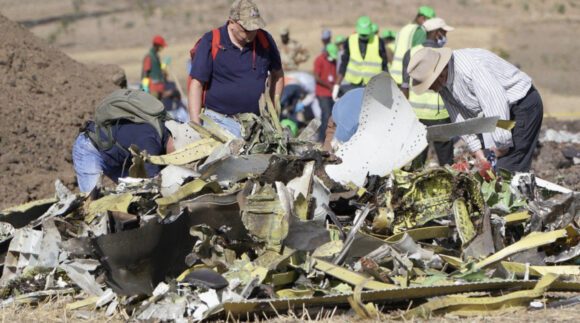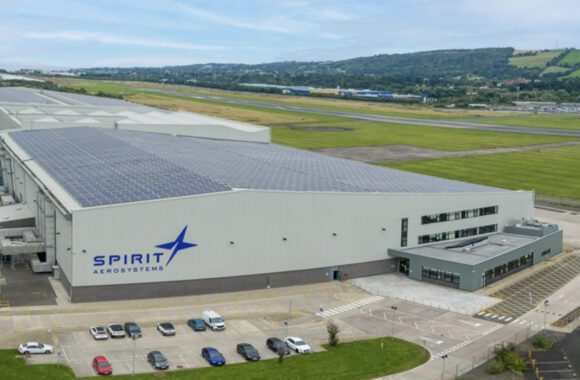The Boeing 757 occupies a unique market niche at the top end of the narrow-body market. With a two-class capacity of 189 seats, and a 3,900 nautical mile range, this aircraft was once a staple of the transcontinental US market and, following the addition of winglets, has carved out a niche on flights from the US East Coast to non-hub European destinations. The 757 has largely been replaced on US trans-con routes by the Boeing 737-800, a somewhat smaller aircraft that is less costly to operate and much less expensive to purchase when both aircraft were in production.
Produced from 1982-2004, many of the 1,049 757s produced are nearing retirement, and with no direct successor in sight, the question of which of today’s narrow-body alternatives can best fill its mission requirements is a critical question as airlines consider alternatives.
The contenders in the market today are the Airbus A321neo and the Boeing 737-900ER. In this report, we compare the two aircraft, analyze their mission capabilities, and compare their advantages and disadvantages. Neither of these aircraft has the payload/range capabilities of the 757, which can handle trans-Atlantic flights of 3,900nm with a full passenger and cargo load. Which of the two aircraft comes closest to meeting airline requirements for replacing the 757, and how do they compare, is the focus of this study.
Our conclusion: the A321neo is the better 757 replacement.
The 8 page report may be purchased here for $49.
Views: 12




the big difference is that
the 737-900er is flying
the 321neo is a paper airplane
maybe in 5 years
And Boeing is sold out to 2016….
@rengab :
the 737-900 is basically a 45 year old design… The 321 Neo is a relatively low cost transformation of the A-320 . Everybody knows Boeing is gonna be forced to leapfrog Airbus with a totally new design with EIS around 2018 earliest…
Whyn’t compare withj 739RE?
What about B737MAX?
And the A-320 is basically a 30 year old design, so what ?